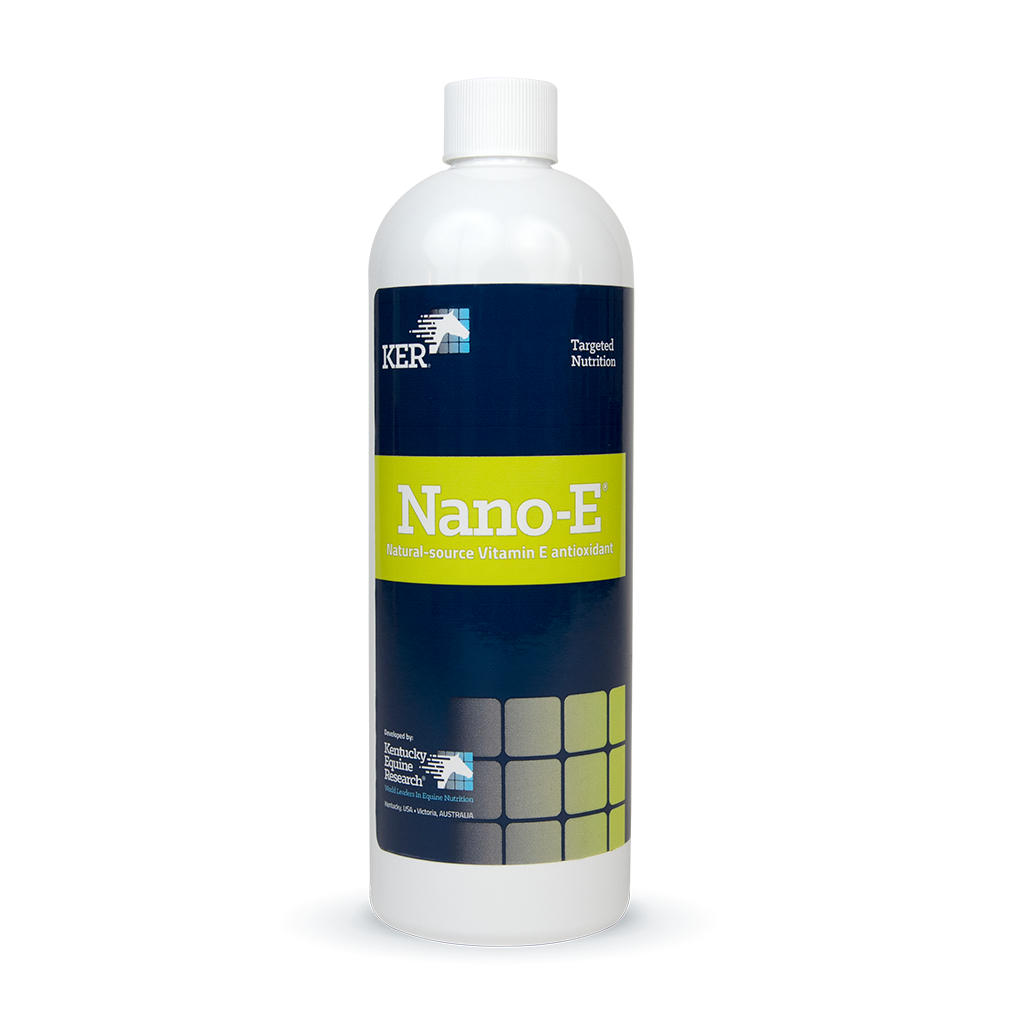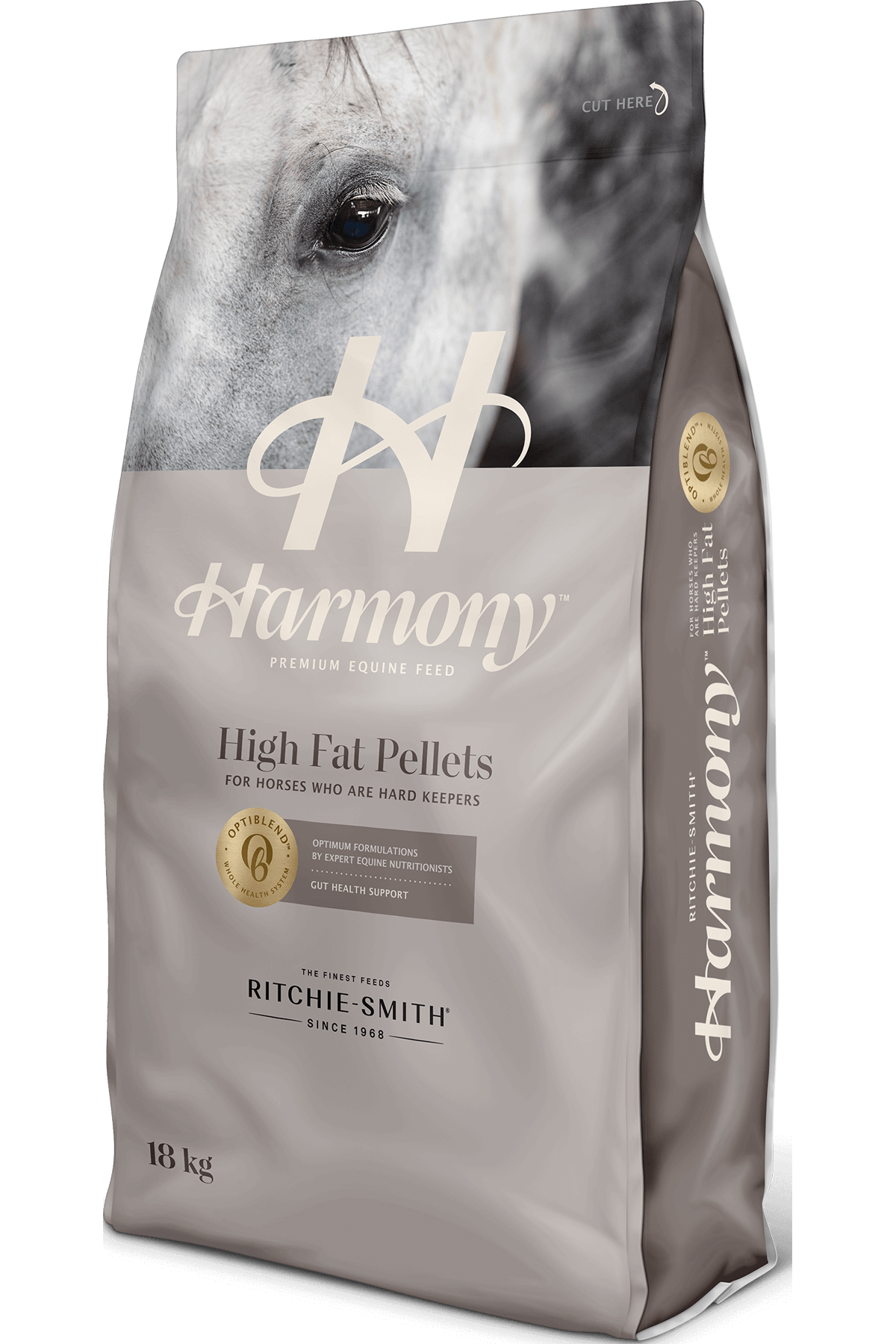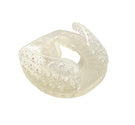How To Correct Hoof Cracks In Horses
Hoof cracks in horses can often be cosmetic but, unfortunately, they can also be a sign of serious problems. Most hoof cracks tend to be cosmetic and will not lead to lameness since they are superficial. However, it is wise to monitor hoof cracks and take the appropriate measures to prevent and treat them, especially if you notice that they are chronic. As with any other health issue, the sooner the proper treatment is applied the less time it will need to heal and there will be a decreased possibility for more invasive treatments.
The Possible Causes of Hoof Cracks
There is a number of reasons why your horse’s hooves crack. The main reason is pressure from some sort of external trauma such as a blow to the hoof when your horse is galloping on uneven or hard ground. A crack can also occur due to balance issues and improper farriery work. Structural incorrectness of a horse’s position of the bones in the legs can also be a cause of hoof cracks since these conformation flaws prevent the proper absorption of impact when the horse is being ridden, placing unusual strains on the hoof wall. There is also the possibility that your horse may naturally have weak or thin hoof walls which are more susceptible to cracks.
Types of Hoof Cracks
Horizontal Cracks
If you notice hoof cracks that run parallel to the ground do not be alarmed. Horizontal cracks are often caused by abscesses that drain through the coronary band. This can affect the horn by creating a gap that is usually not serious and eventually will grow out without resulting in any issues.
Sand Cracks
These vertical cracks are located at the front of the hoof wall. They start from the coronary band and move downwards. They can occur as a result of a concave hoof wall with a low heel and long toe.
Grass Cracks
Grass cracks are similar to sand cracks but they start at the bottom of the hoof wall and extend up towards the coronet. These types of cracks are usually quite thin and don’t penetrate into the wall of the hoof. Grass cracks are normally the result of changes in the ground your horse comes in contact with including lack of proper exercise and improper nutrition.
Quarter Cracks
Like sand cracks, quarter are vertical and start at the coronary band. A quarter crack is usually caused by the uneven landing of the foot while walking due to abnormal hoof or limb conformation. A quarter crack can also be caused by neglect, coffin bone defects, fractures, keratomas, or the constant impact on hard surfaces. If this type of crack is not all the way through the hoof wall and is not infected it may be treated by properly balancing the hoof and limb. However, if it is more serious and there is an infection it must be dealt with as soon as possible, and remove the damaged hoof tissue.
Toe Cracks
Normally, minor toe cracks occur as a result of a horse putting too much weight on the toe while walking. These cracks appear in the front third of the hoof where the hoof wall is thickest. If the cracks are serious, they might be an indication that there are internal issues that create weaknesses in the structure of the hoof.
Heel Cracks
Horses can experience heel cracks in cases where the horseshoe does not cover the heel of the horse’s foot. However, these cracks can also occur if the horseshoe is too long since leverage can be created that results in excessive force to the heel.
Diagnosing Hoof Cracks
If you notice a hoof crack, you need to decide whether you should consult with your farrier or vet immediately or wait until a scheduled visit. How you react should depend on the depth of the crack. If the crack is not deep and limited to the outer layers of the hoof wall, it may be superficial and may be treated with hoof care products, such as Hawthorne Products. It is important, nonetheless, to monitor the cracks to ensure that they do not get worse.
However, if the hoof cracks seem deep and can possibly weaken the hoof wall, or there is a possibility of infection, you should contact your farrier immediately for treatment. Serious hoof cracks can also be identified by some of the following symptoms:
- If there is instability in the hoof wall while it is walking on hard level ground, the hoof wall will shift as your horse places its weight on it. Also, if you pick up the hoof and handle it with care, there will be noticeable instability on each side of the crack.
- If you notice blood or pus around the crack, it may be a sign that the crack is deep and has reached the interior of the hoof.
- If your horse displays signs of pain or lameness, it could be a sign that the crack needs attention.
- If the crack or injury is located at the coronary band, it can have an effect on the growth of your horse’s hoof wall.
If you are unsure about the hoof crack, however, you should consult with your farrier or vet. Initially, you can take photos of the hoof crack which you can send to them to help you decide on the actions you need to take.
The Treatment of Hoof Cracks
The treatment of hoof cracks depends on the severity of the crack. Superficial or surface hoof cracks that do not cause lameness may be treated by hoof wall trimming and proper shoeing. However, in cases of deeper cracks, it may be necessary to deal with them using horseshoes with toe or quarter clips on either side of the crack. If there is a solar abscess, your farrier may cut out and treat the crack while stabilizing the hoof wall trimming.
For hoof cracks that involve the coronary band, it is normally advisable to cut out along their length to minimize pinching of the laminae and to prevent the perpetuation of overlapping edges. Your farrier may then stabilize the hoof using a variety of methods depending on the nature of the crack.
For unstable cracks, farriers may try to treat them by binding the two sides of the crack together. This method is called lacing since farriers often use such materials as metal plates or steel wires. Another method of repairing hoof cracks is to fill in the gaps with acrylic or polyurethane and in larger more unstable cracks, farriers may also use fiberglass to reinforce the fillers.
In cases where your horse may display signs of becoming seriously lame, your farrier needs to collaborate with your vet. The vet will most likely prescribe medications that will help relieve pain and treat any infections. Also, dead or dying tissue may have to be removed. Your vet may also take x-rays to evaluate the position of the coffin bone and any injuries to other structures within the foot.
How to Prevent Hoof Cracks
To prevent hoof cracks your horse’s feet should be trimmed on a regular basis and shod when necessary. A hoof care regime is necessary to maintain your horse’s hooves healthy. What’s more, you should also use supplements that can help your horse develop a strong hoof wall. For example, a balanced intake of trace minerals is essential for healthy hoof growth. The mineral zinc, for example, is involved specifically with the integrity of skin, hair, and hoof, and is essential in a diet that supports hoof health. Biotin has also been shown to improve hoof quality with 20 mg per day. However, biotin only improves the growth of new hoof horn, not existing hoof, so its effectiveness depends on reliable administration at recommended levels. These effects take six to nine months to fully manifest, so hoof-repair strategy requires patience.
At Source For Horse, we provide our customers with award-winning equine nutrition products by KER and hoof care products manufactured by Hawthorne to help you maintain your horse’s hooves healthy. For 30 years, KER has continually developed innovative solutions to the health and nutritional challenges inherent in modern equine management, and for over 100 years, Hawthorne has become well known for its high-quality hoof care products. We also provide professional farriers with the highest quality supplies and tools sold warehouse-direct. If you have any questions relating to equine nutrition you can contact Ashley Moore and for farrier advice contact Taylor Moore.




